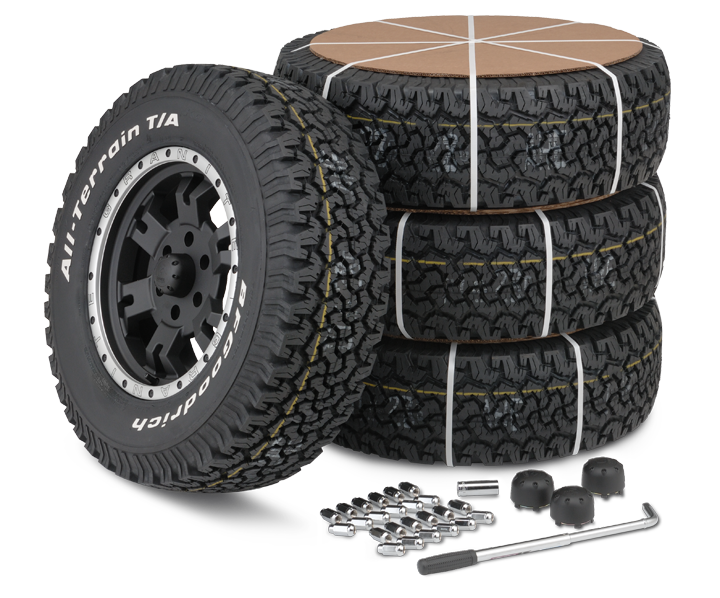Tire Solution: Understanding Tire Stress Surveillance Equipments
Understanding Tire Stress Surveillance Solutions (TPMS) is an essential element of preserving ideal car performance and safety and security when traveling. With advancements in auto innovation, TPMS has become a basic attribute in modern-day lorries, supplying real-time info on tire stress levels. Diving deeper into the complexities of TPMS, one can discover the various components that make up this system and the relevance of each in guaranteeing precise surveillance. From direct to indirect TPMS systems, the landscape of tire pressure monitoring is diverse, each with its one-of-a-kind set of advantages and factors to consider. Remain tuned to decipher the intricacies of TPMS, from upkeep tips to the undeniable advantages of keeping your tires effectively pumped up. tires morris il.

Relevance of TPMS
The value of Tire Pressure Surveillance Equipments (TPMS) depends on their capability to improve car safety and security and performance with real-time surveillance of tire pressure levels. Preserving the correct tire stress is important for making sure ideal handling, braking, and general safety of a vehicle. TPMS provides vehicle drivers with immediate comments on any kind of underinflated or overinflated tires, enabling timely adjustments to be made.
Components of TPMS
Making up various essential aspects, a Tire Stress Tracking System (TPMS) operates as an advanced safety function in modern-day automobiles. The major elements of a TPMS include sensors, a control module, and a caution indication. Sensors are generally situated in the tire shutoff stem or affixed to the wheel assembly, where they measure tire stress and transmit information to the control module. If it spots substantially reduced stress in any of the tires, the control component processes this information and activates a warning. The caution sign, often an icon on the control panel, signals the motorist to check the damaged tire or tires. Some advanced TPMS models also display the actual tire stress analyses for each and every tire, providing vehicle drivers with real-time info to make sure optimum tire efficiency and safety. By keeping track of tire pressure continuously, TPMS assists prevent mishaps, reduces tire wear, and improves gas effectiveness, making it a vital element for vehicle security and performance.
Kinds of TPMS

On the various other hand, indirect TPMS relies upon the automobile's wheel speed sensing units to check tire stress. This system discovers underinflation by contrasting the rotational rates of the wheels. Indirect TPMS is less expensive than direct TPMS, as it utilizes existing sensing units within the vehicle.
While straight TPMS offers more precise analyses, indirect TPMS is simpler in design and typically calls for less upkeep. Both systems have their limitations and advantages, and the option between them usually depends upon aspects such as cost, car make, and individual choice. Comprehending the differences in between these 2 sorts of TPMS can assist car proprietors make educated decisions relating to tire upkeep and safety.
TPMS Upkeep Tips
Effective maintenance of TPMS is necessary for ensuring optimal performance and security of your lorry. Routinely checking the TPMS sensing units for any kind of damages or rust is crucial. Guarantee that the sensors are cost-free and clean from particles that can disrupt their performance. In addition, it is suggested to examine the sensing unit batteries occasionally and change them as required click to ensure precise analyses. Conduct routine look at the tire pressure levels and contrast them with the TPMS analyses to guarantee they correspond. Recalibrate the system complying with the maker's standards if there are any kind of inconsistencies. Furthermore, throughout tire turning or substitute, make sure that the TPMS parts are dealt with carefully to stop any type of prospective damage. Lastly, if the TPMS advising light illuminates on you could try here the dashboard, attend to the problem quickly by checking the tire stress and the general system for any mistakes. By adhering to these upkeep tips, you can lengthen the life expectancy of your TPMS and enhance the safety and security of your driving experience.
Benefits of Correct Tire Stress
Preserving proper tire stress, as highlighted in TPMS Maintenance Tips, is important for enjoying the various benefits linked with ideal tire pressure degrees. In addition, appropriate tire pressure makes certain even tire wear, extending the life-span of the tires and promoting much safer driving problems. In final thought, the benefits of correct tire stress go beyond just tire long life; they incorporate improved gas effectiveness, enhanced safety and security, better lorry performance, and general driving comfort.
Verdict
In final thought, recognizing tire pressure surveillance systems (TPMS) is vital for maintaining optimum tire pressure and ensuring automobile safety. By acknowledging the relevance of TPMS, being acquainted with its components, understanding the various types offered, adhering to appropriate maintenance suggestions, and understanding the benefits of preserving correct tire pressure, vehicle drivers can enhance their driving experience and extend the life-span of their tires. Proper tire stress is vital to secure and reliable automobile procedure.

Comments on “Morris Tire and Alignment: Your Trusted Resource for Reliable Service”